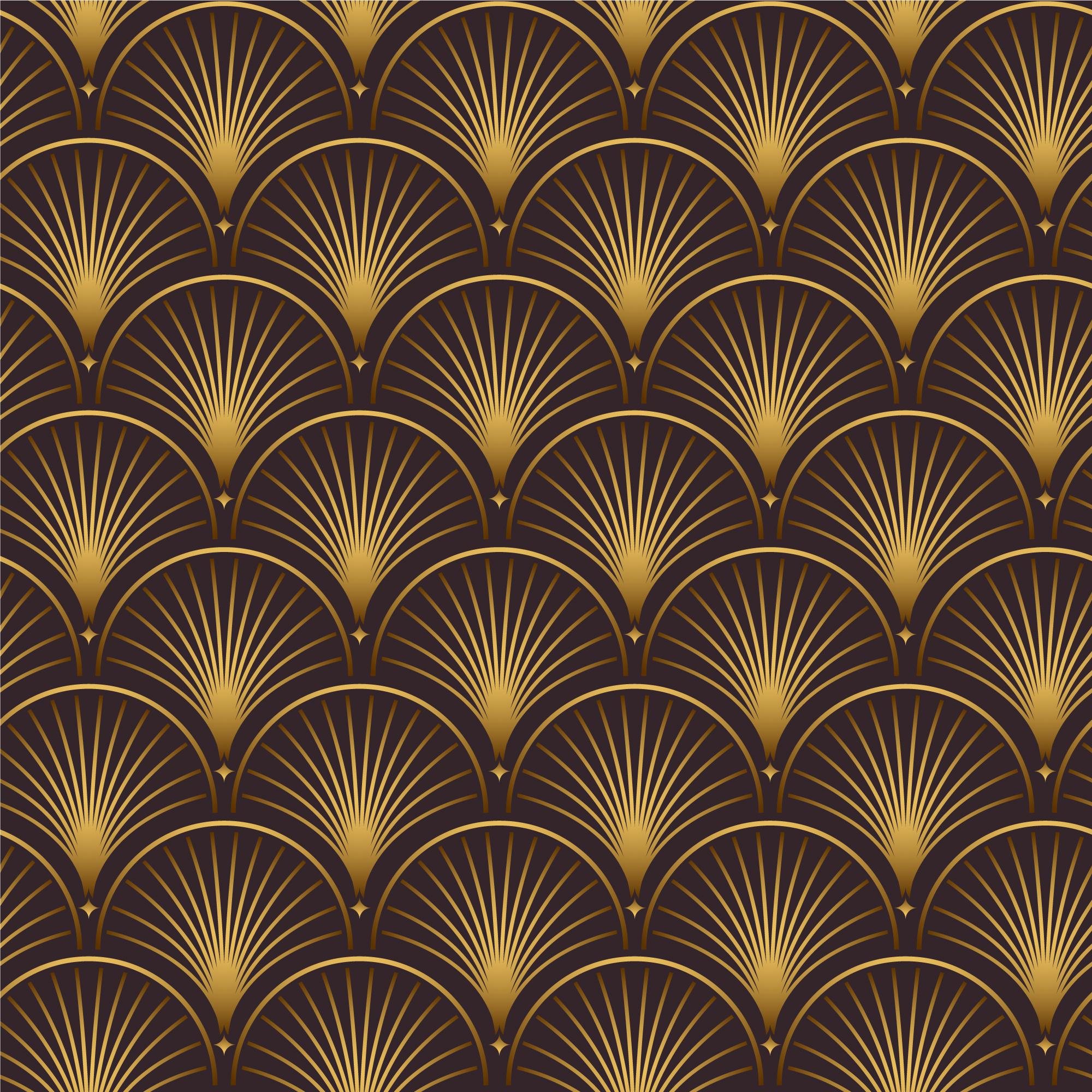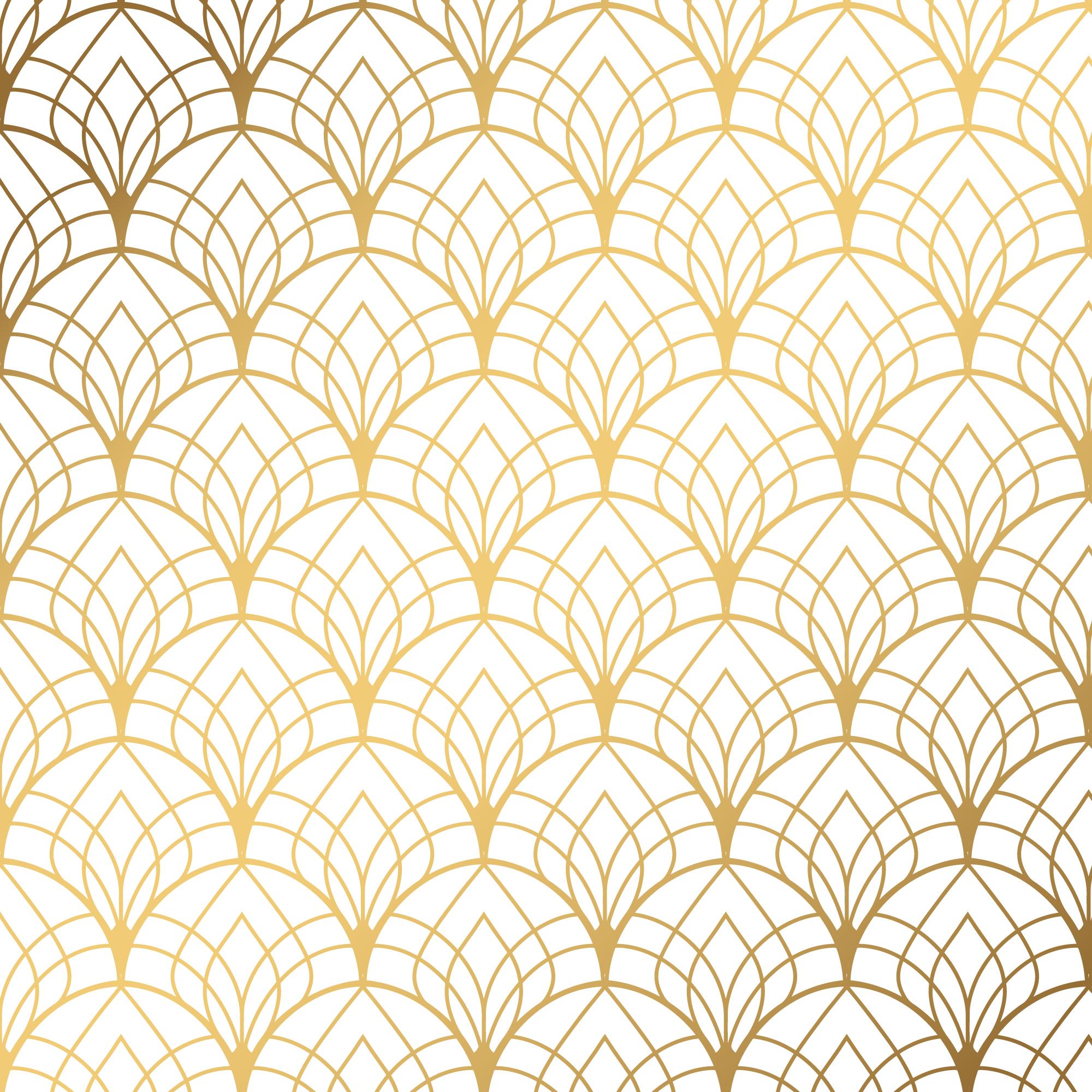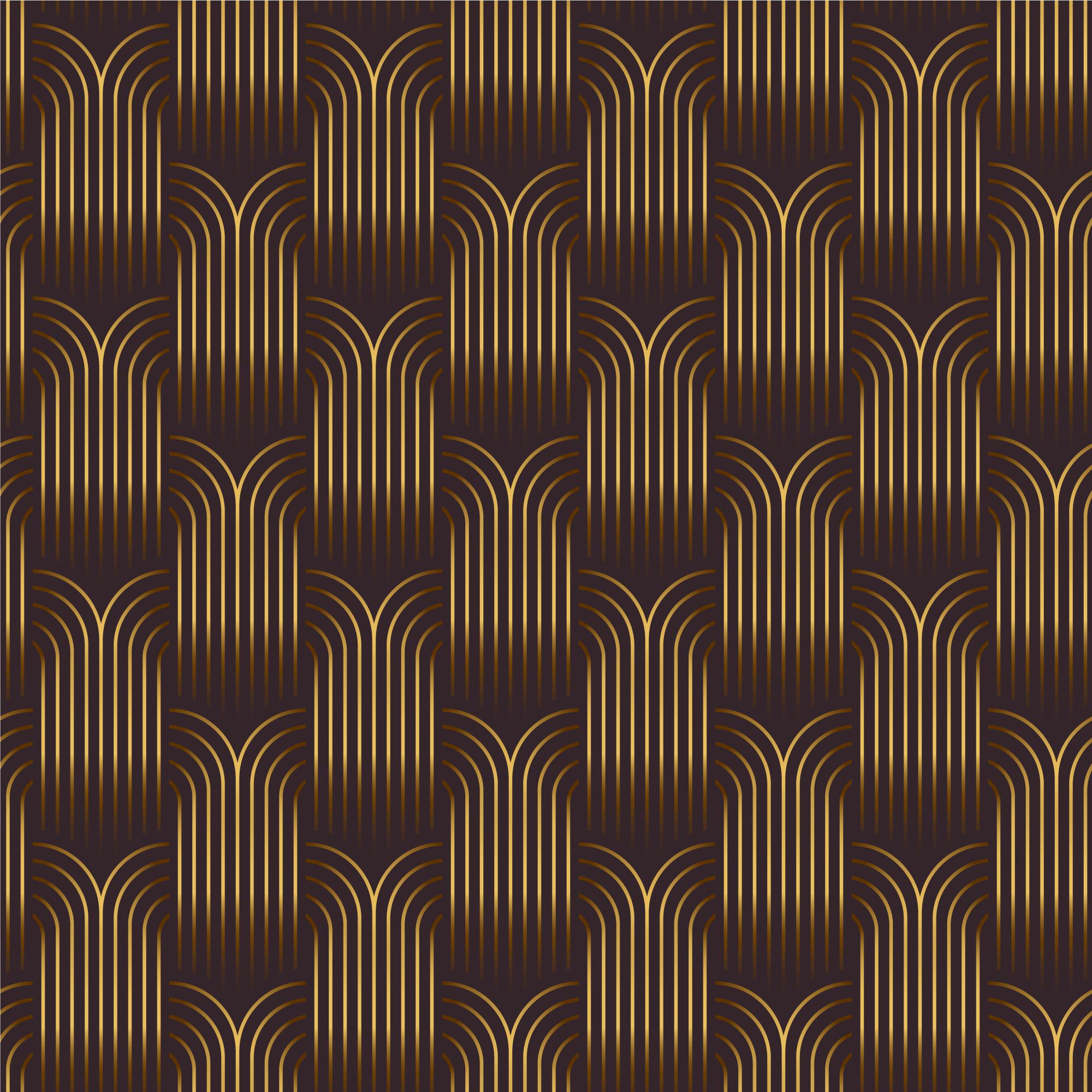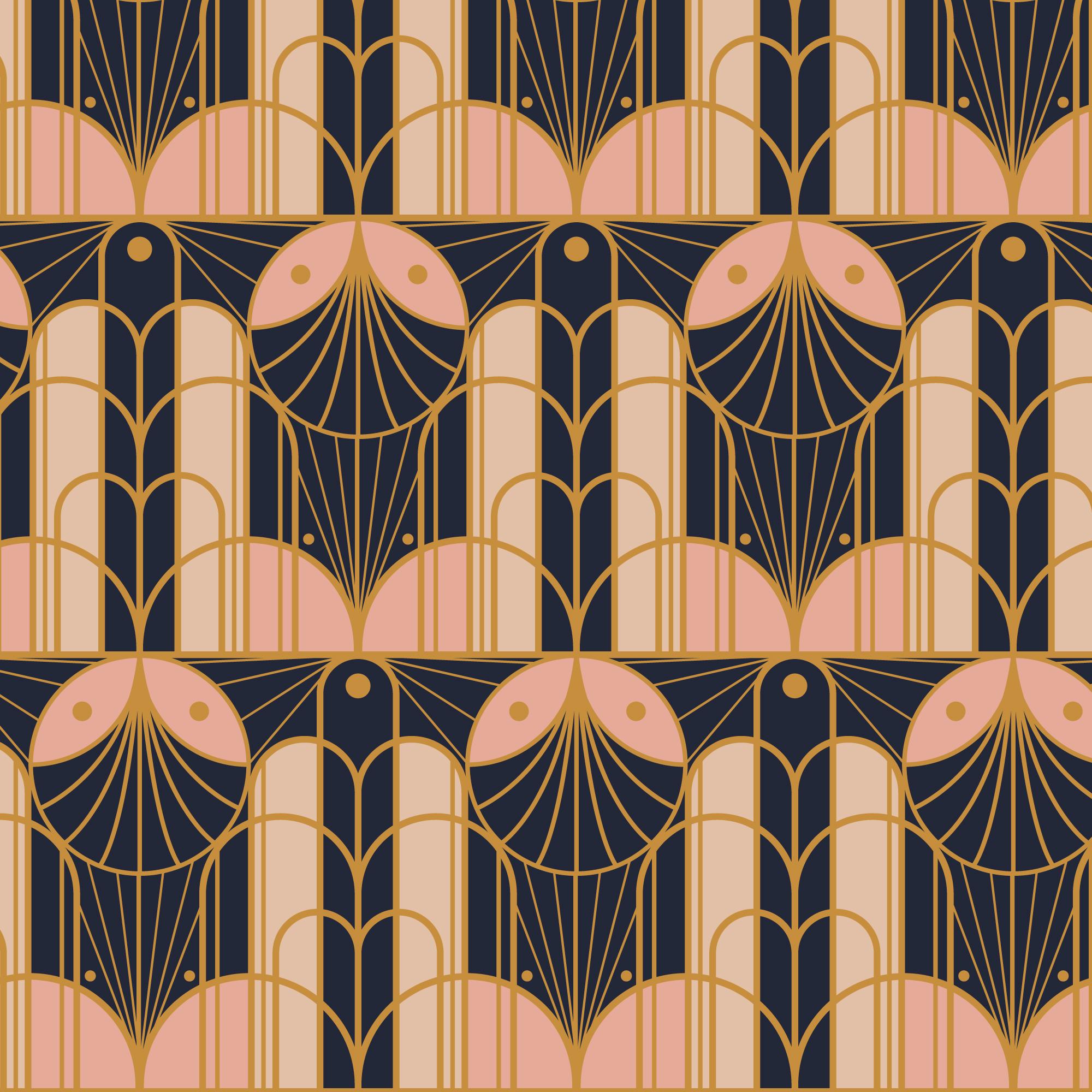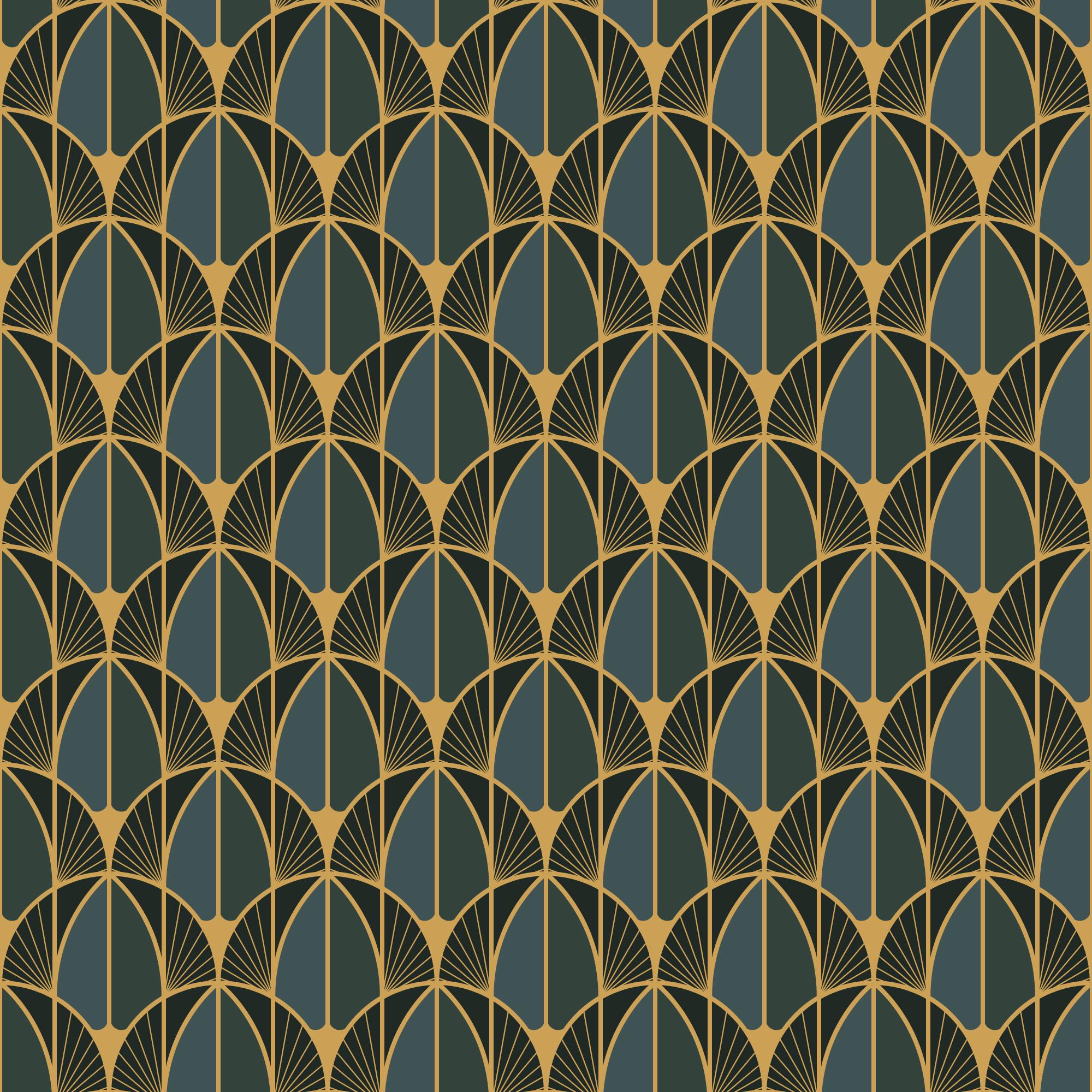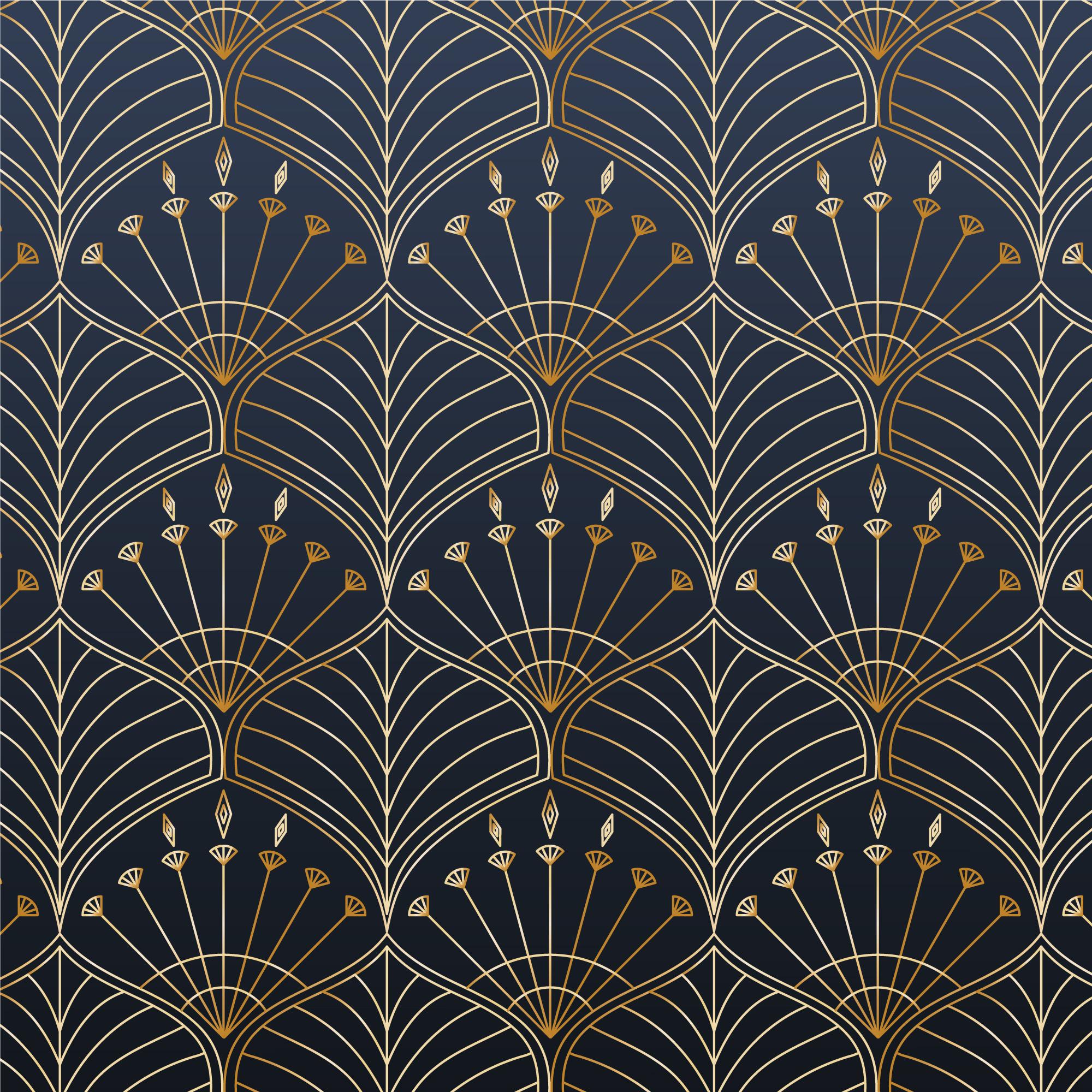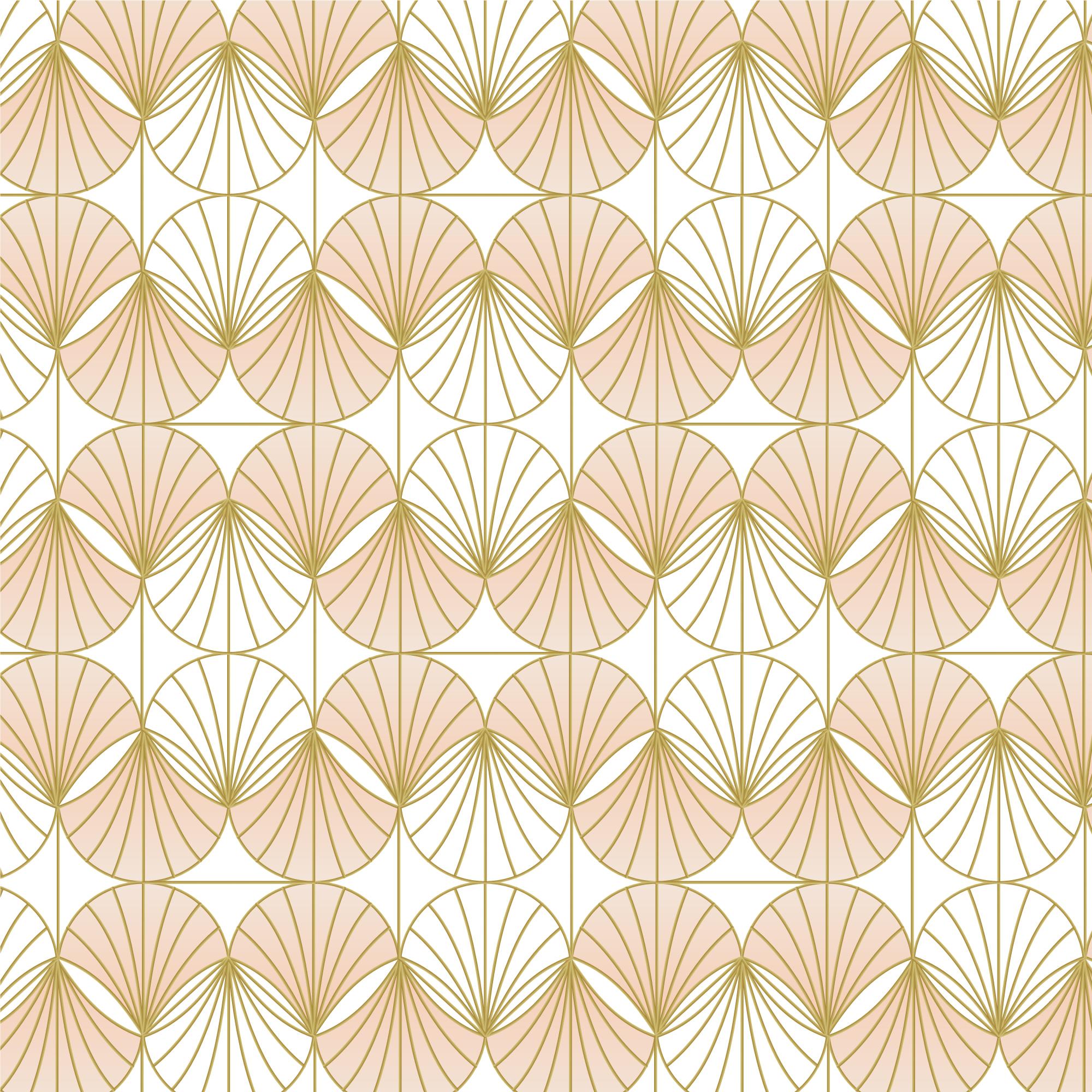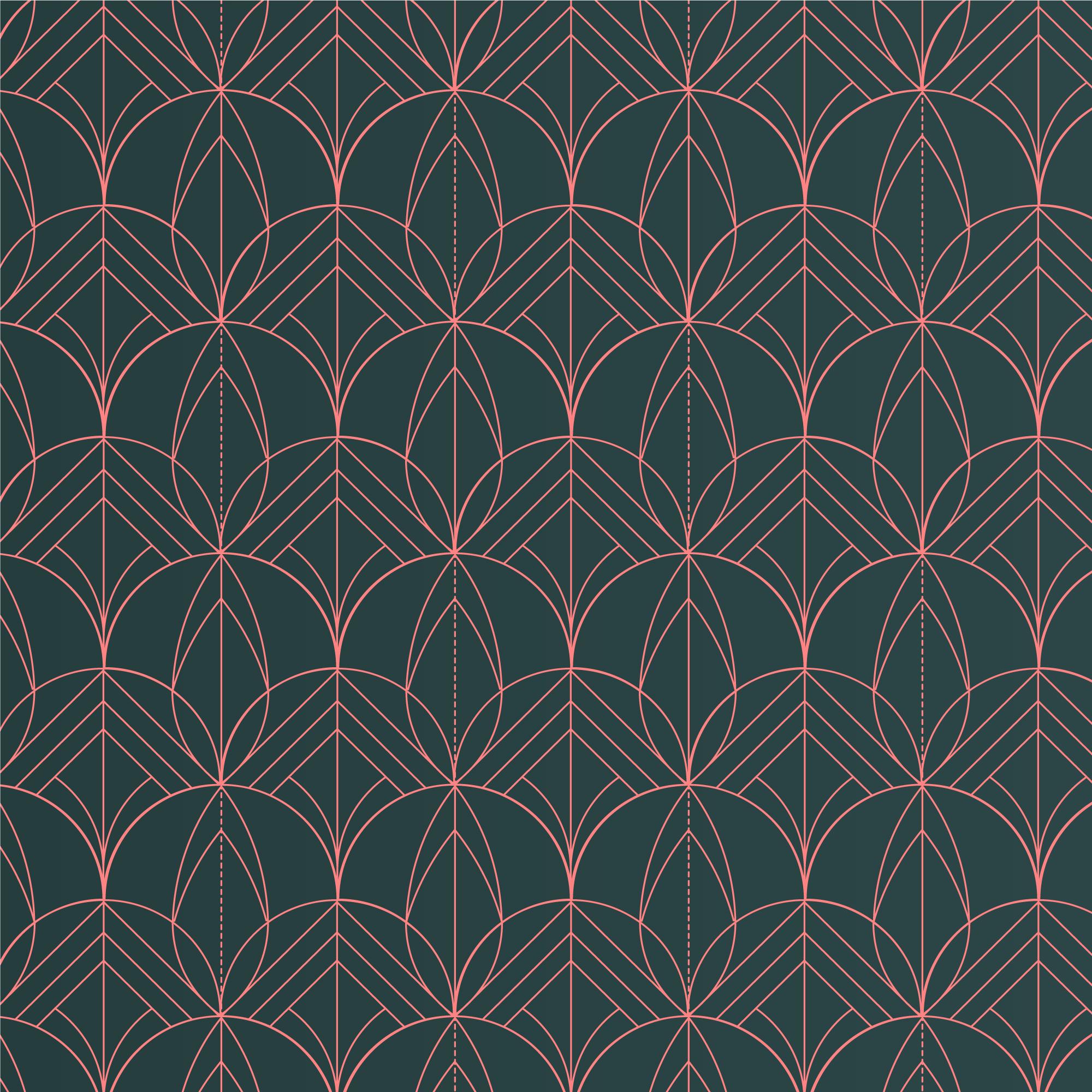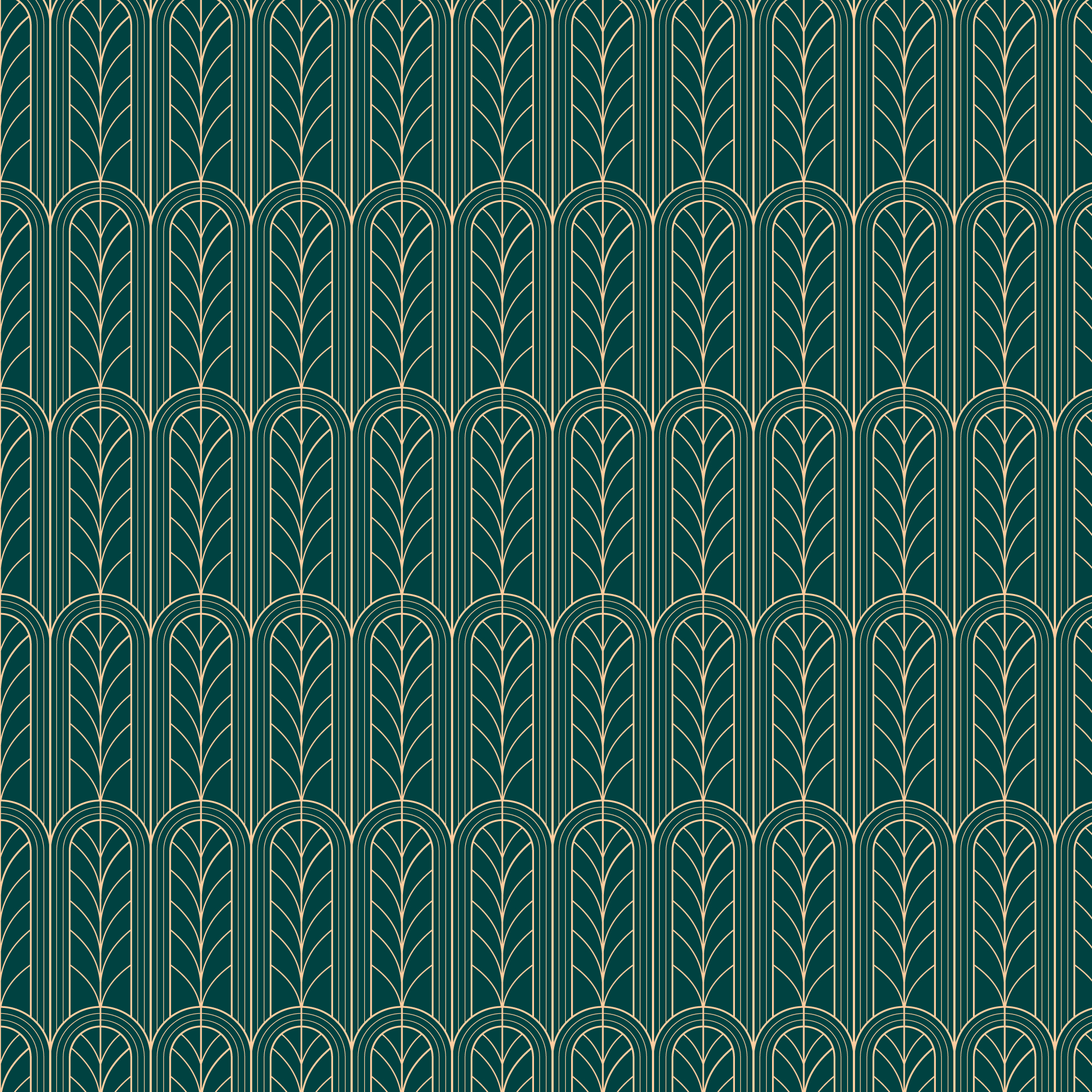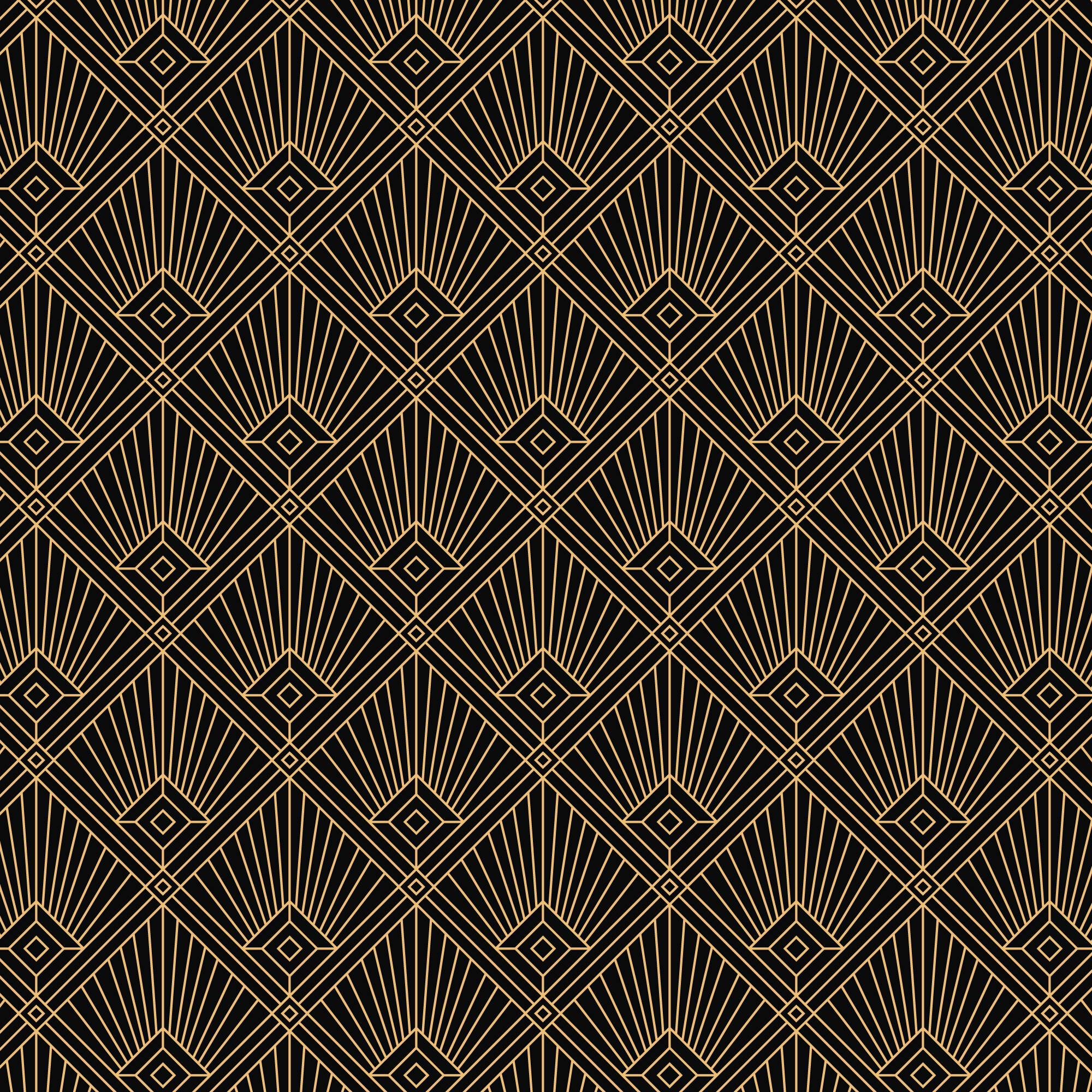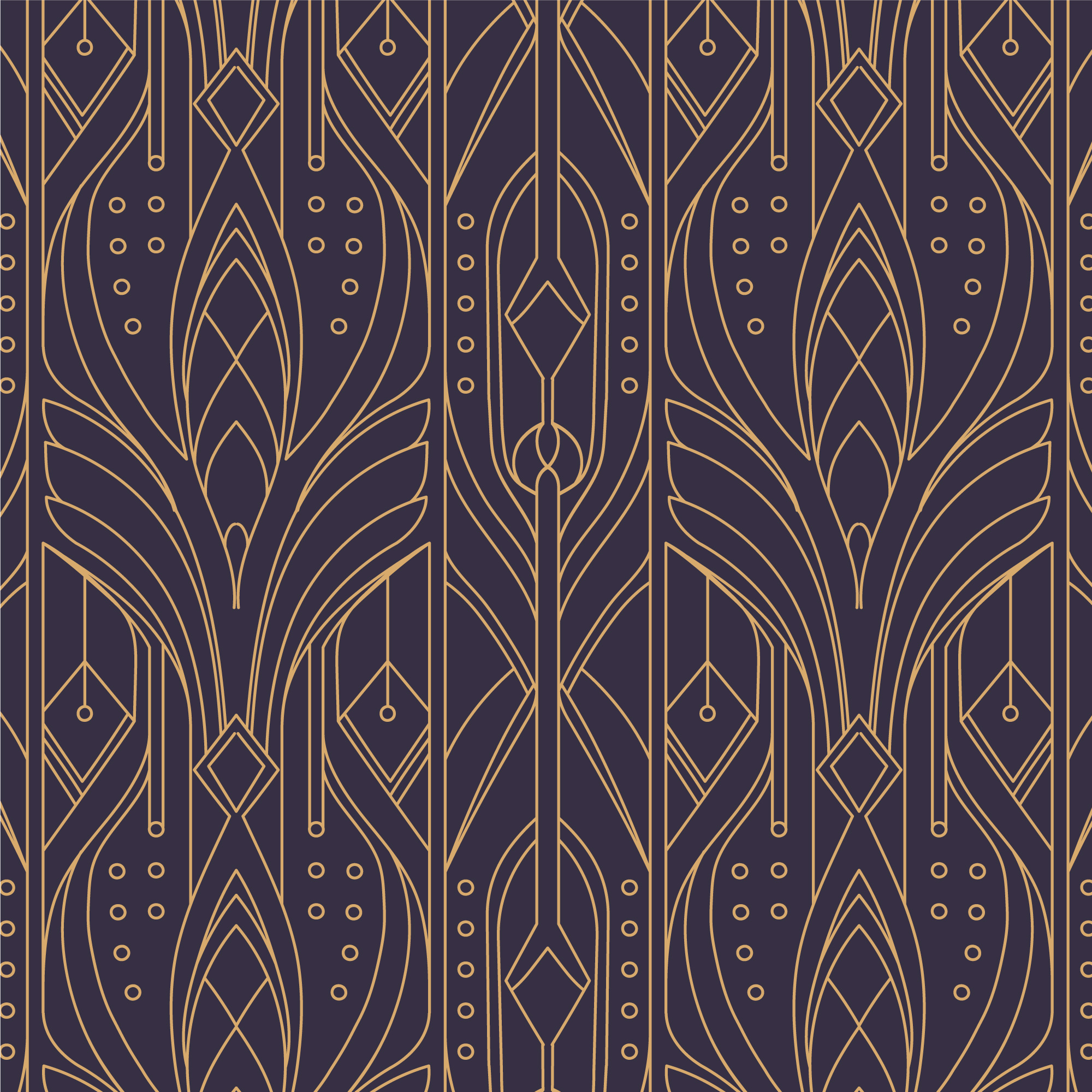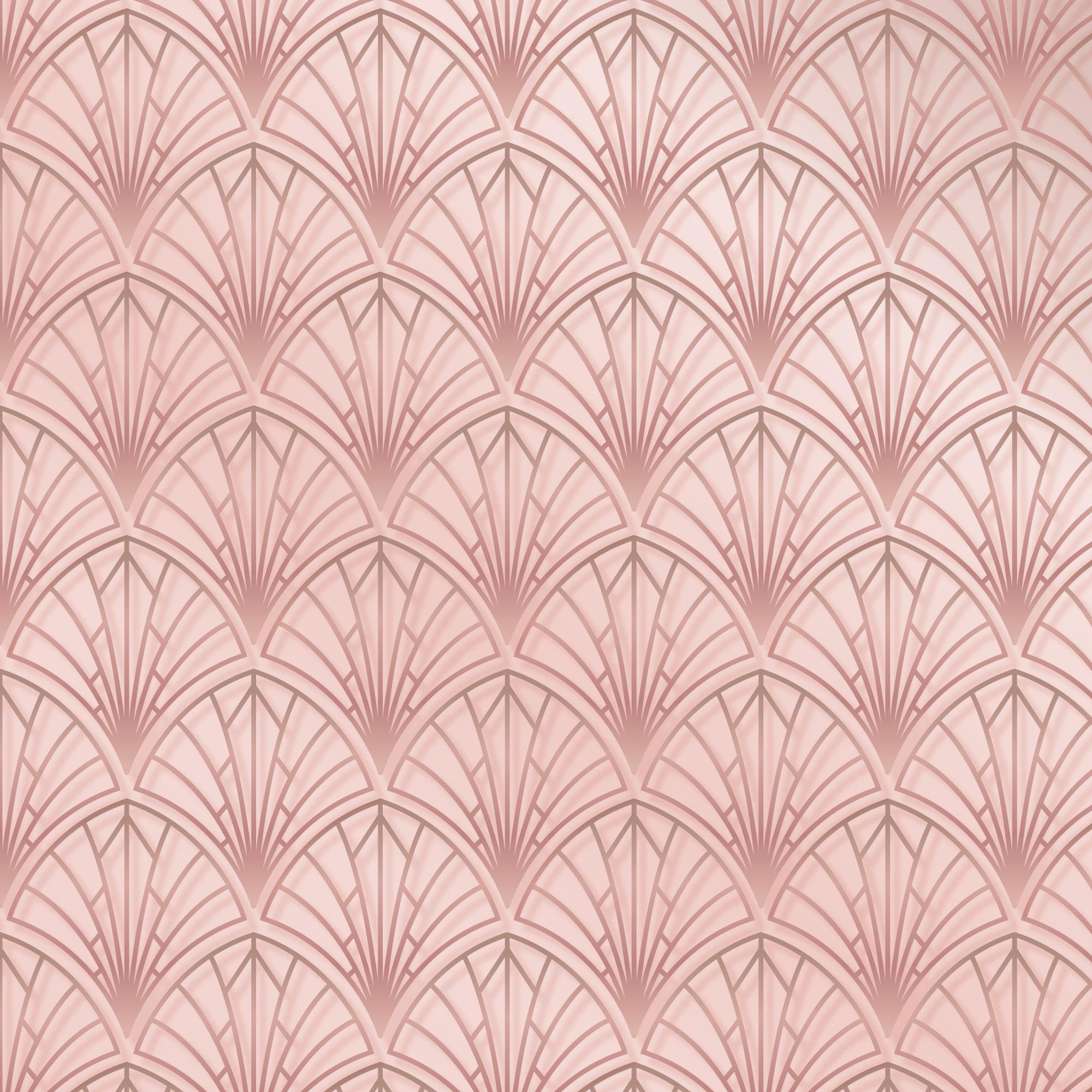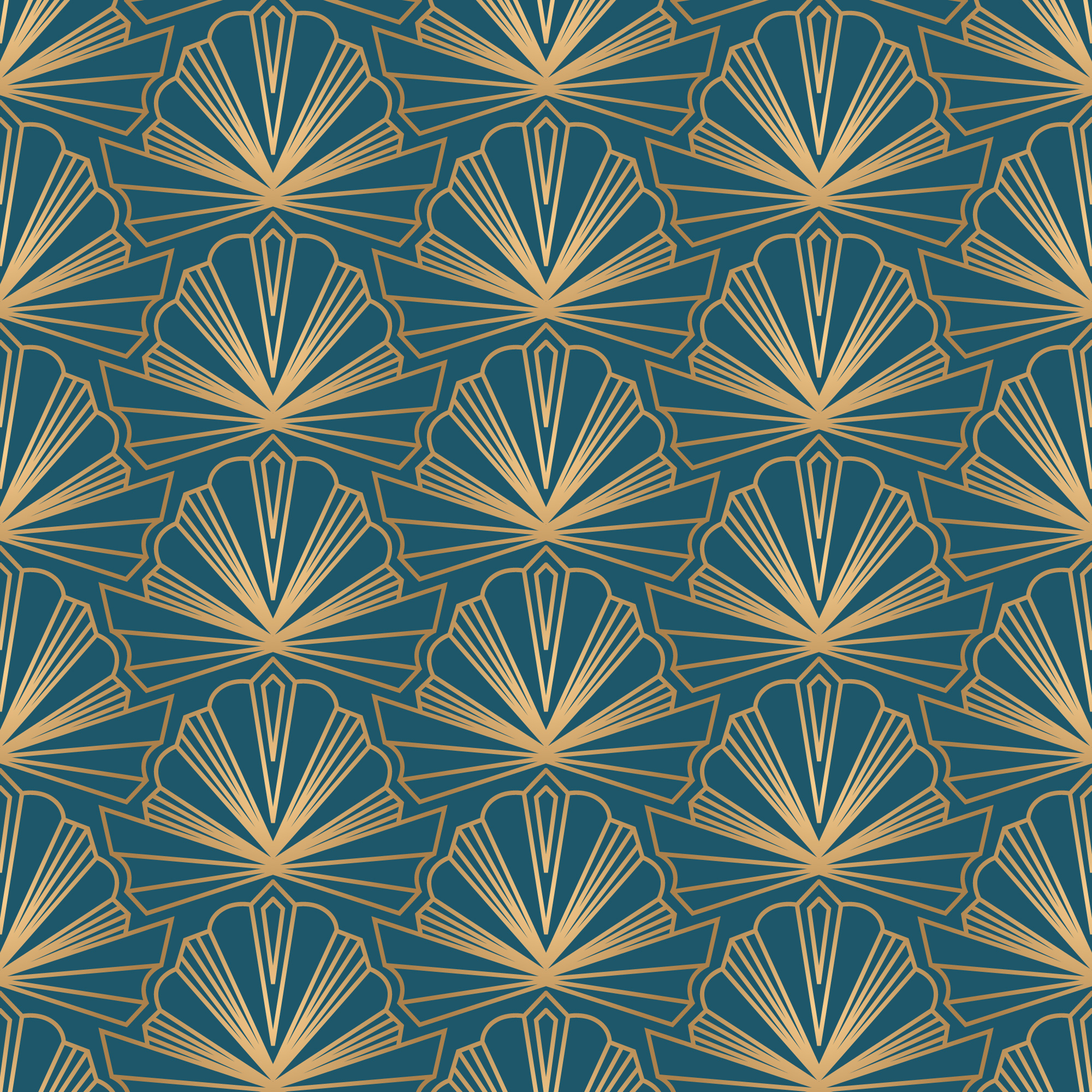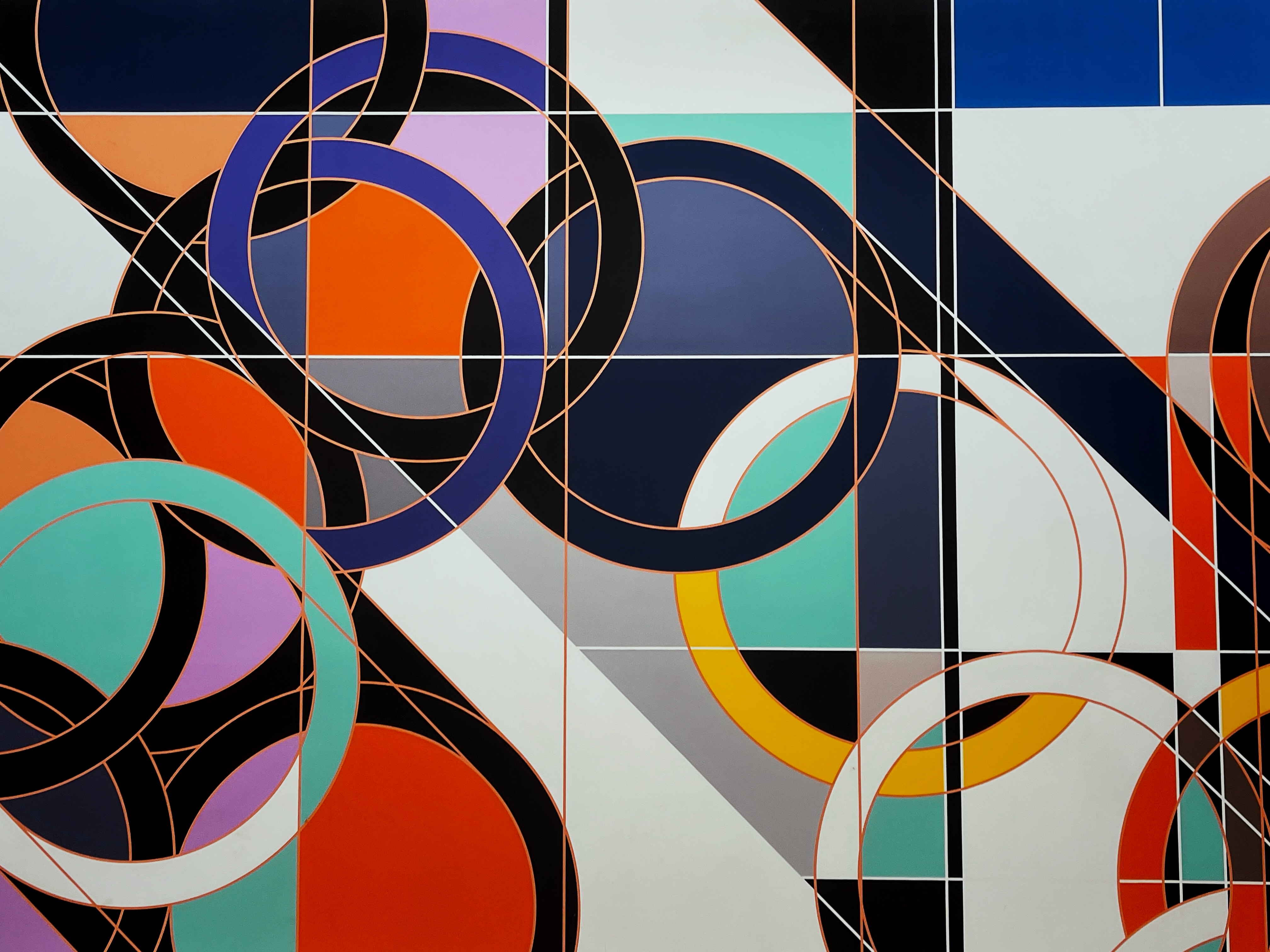
What is Art Deco ?
The Art of Art Deco
Art Deco, short for the French Arts Décoratifs, and sometimes referred to simply as Deco, is a style of visual arts, architecture, and product design, that first appeared in France in the 1910s (just before World War I), and flourished in the United States and Europe during the 1920s to early 1930s. Through styling and design of the exterior and interior of anything from large structures to small objects, including how people look (clothing, fashion and jewelry), Art Deco has influenced bridges, buildings (from skyscrapers to cinemas), ships, ocean liners, trains, cars, trucks, buses, furniture, and everyday objects like radios and vacuum cleaners.
Art Deco combined modern styles with fine craftsmanship and rich materials. During its heyday, it represented luxury, glamour, exuberance, and faith in social and technological progress. The Empire State Building, Chrysler Building, and other skyscrapers of New York City built during the 1920s and 1930s are monuments to the style.
Artists
Most famous Art Deco artists and designers
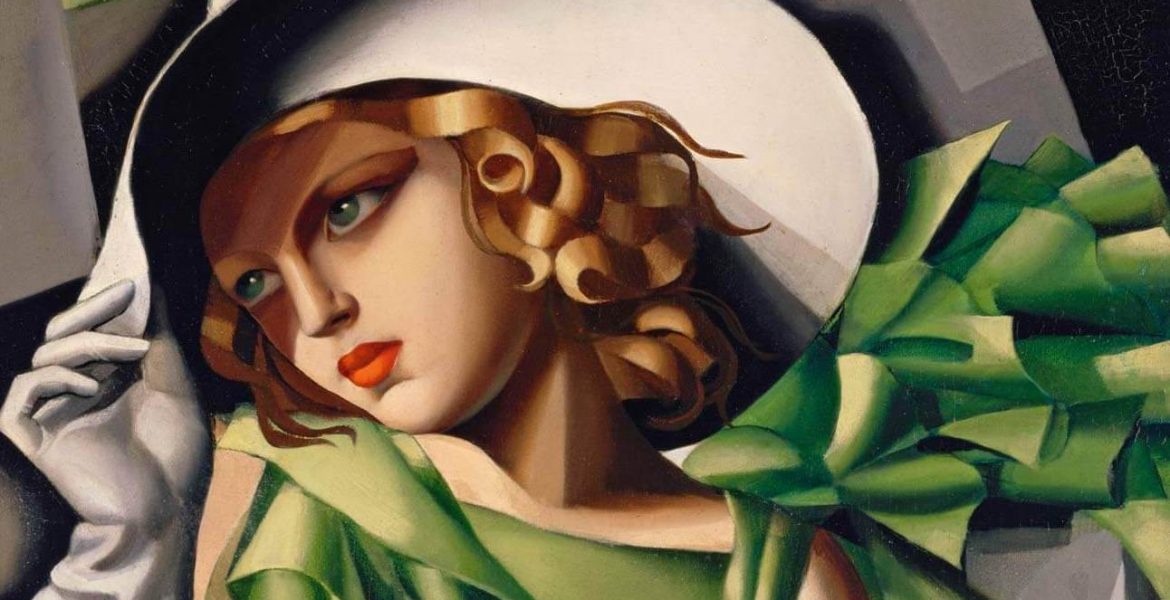
Tamara De Lempicka
- The Baroness with a Brush -
Polish artist Tamara de Lempicka is possibly one of the most admired and most recognizable Art Deco artists. Lempicka became engaged in the bohemian lifestyle of 1920s Parisian socialites, painting portraits of many prominent figures including the exiled nobility, which brought the painter critical acclaim, fame, and considerable wealth. Her artistry is a perfect representation of her lifestyle of glamour. Drawing inspiration from the popular painting movements of the time like cubism, she developed her unique approach, elegant, precise and clean. The bold bright colors and angular style that came to dominate her work, as the main features of Art Deco style, are among the main reasons why her oeuvre is seen as the best representative of Art Deco painting.
Learn more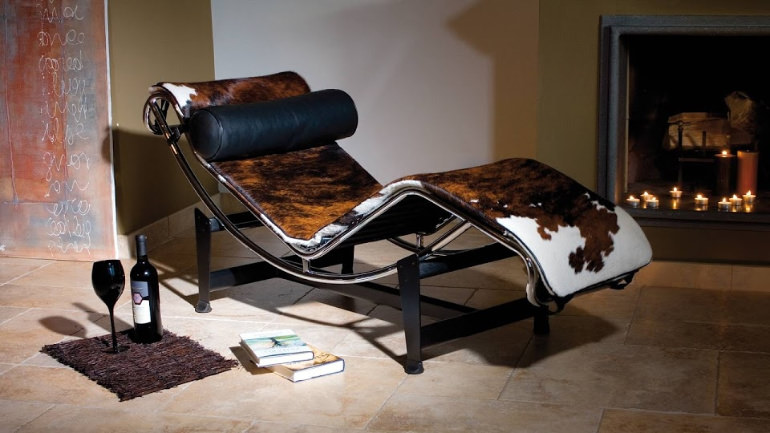
Le Corbusier
- The Man Behind the Art Deco Term -
Although he was one of the loudest opponents of decorative arts, the architect Charles-Édouard Jeanneret-Gris, better known as Le Corbusier became inseparable from the Art Deco context over the years. The first use of the term Art Deco is often attributed to this man, even though the term officially entered the art history vocabulary in the sixties. In 1925, at the inaugural Art Deco exhibition, Le Corbusier’s pavilion stood in opposition to the extravagant decorative motifs typical for the new style. Already an idol in the history of architecture, Le Corbusier favored standardized housing, purist aesthetics, strict and rational designs. Le Corbusier’s architectural works were anti-decorative and hostile towards the luxurious, expensive and exotic materials promoted by Art Deco artists.
Learn more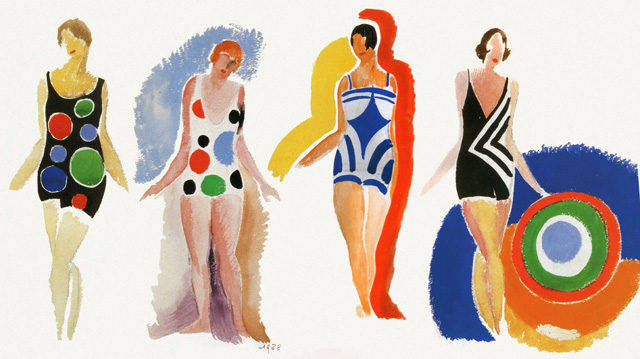
Sonia Delaunay
- Abstract Fashion Pioneer -
Russian-born French artist Sonia Delaunay is among those Art Deco designers who even today strongly influence fashion trends. Inspired by Cubism, Fauvism and working closely with Surrealist poetry school and Dada artists, she was the first designer to introduce abstract inspiration into the world of fashion. Her bold combinations of colors and textiles brought her the title of the designer of modern fashions during the 1925 Art Deco Exposition in Paris and she became famous for her patchwork dresses. In the 1920s her collaboration with Dadaist artists resulted in the creation of her “poem dresses” where geometric blocks of colors were placed next to the lines of poetry. As one of the most important Art Deco artists, her abstract designs influence today high-end fashion collections.
Learn moreCollection
Art Deco patterns gallery
